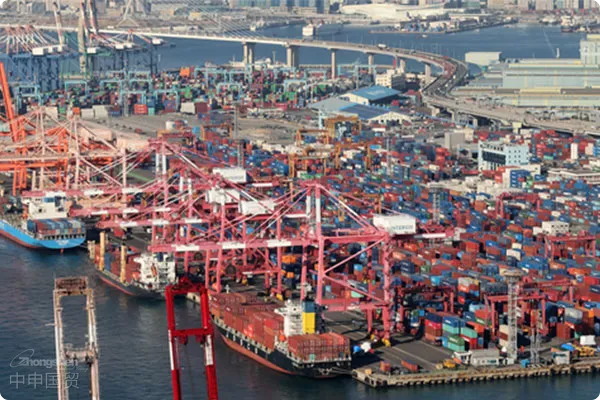- Shanghai Zhongshen International Trade Co., Ltd. - Two decades of trade agency expertise.
- Service Hotline: 139 1787 2118

Contents
TogglePrecisionEquipment ImportsSpecial challenges
Under the framework of the new 2025 regulations for the import supervision of electromechanical products, the import of high-end CNC equipment such as five-axis machining centers faces three major technical barriers:Accurate classification of HS codesThe error rate must be below 0.3%.Verification of technical parameter complianceIt is required to meet 12 national standard testing indicators,Temperature-controlled transportation systemA constant temperature environment of ±1°C must be maintained. In 2024, a certain automotive parts manufacturer independently imported a vertical lathe, but due to neglecting the update requirements for the spindle accuracy inspection report, the equipment was detained at the port for 39 days.
Typical Misconceptions in Self-Operated Import by Enterprises
- Discrepancy in declared value assessment: The value of unseparated software copyrights triggered a 34.7% tariff dispute case.
- Defects in transportation plan design:
- 78% of companies opt for standard containers, resulting in compromised equipment accuracy.
- 56% of freight forwarding companies have not installed shock-absorbing trolley devices.
- Missing technical documents: The deficiency rate of newly added EMC electromagnetic compatibility certifications in 2025 still reaches 42%.
The Value Breakdown of Professional Agency Services
A comparative study of an imported CNC system case demonstrates that professional agency services can achieve:
- Customs clearance efficiency improvement: The average processing time has been reduced from 22 working days to 15 working days.
- Room for tariff optimization: Utilize preferential tariff rates under free trade agreements to save 7-15% in costs.
- Risk control system: The pre-review mechanism intercepts 92% of technical trade measure risks.
Five Steps to Build an Import Safeguard System
- Pre-review of equipment parameters: Verify the compatibility of 18 core indicators with GB/T 18400.3-2025
- HS Code Triple Verification: Conduct a commodity feature matrix analysis by integrating the WCO database.
- Customized Transportation Solutions: Design a dedicated fixing bracket based on the equipment weight distribution diagram.
- Duty-free quota calculation: Utilizing the CIF price separation model for tax planning
- Technical document management: Establish an electronic archive database containing 9 certifications including CE and FCC.
Practical Case: Optimization of Precision Grinding Machine Import
When a certain cutting tool manufacturer imported CNC grinding machines from Germany, the professional agency service provider:
- Identify the applicable ECCN 2B001 control classification for the equipment control system.
- Adopt the bonded warehousing and batch shipping strategy to reduce capital tie-up.
- Design a constant-humidity transportation solution to reduce equipment commissioning time by 60%.
Related Recommendations
? 2025. All Rights Reserved. Shanghai ICP No. 2023007705-2  PSB Record: Shanghai No.31011502009912
PSB Record: Shanghai No.31011502009912










